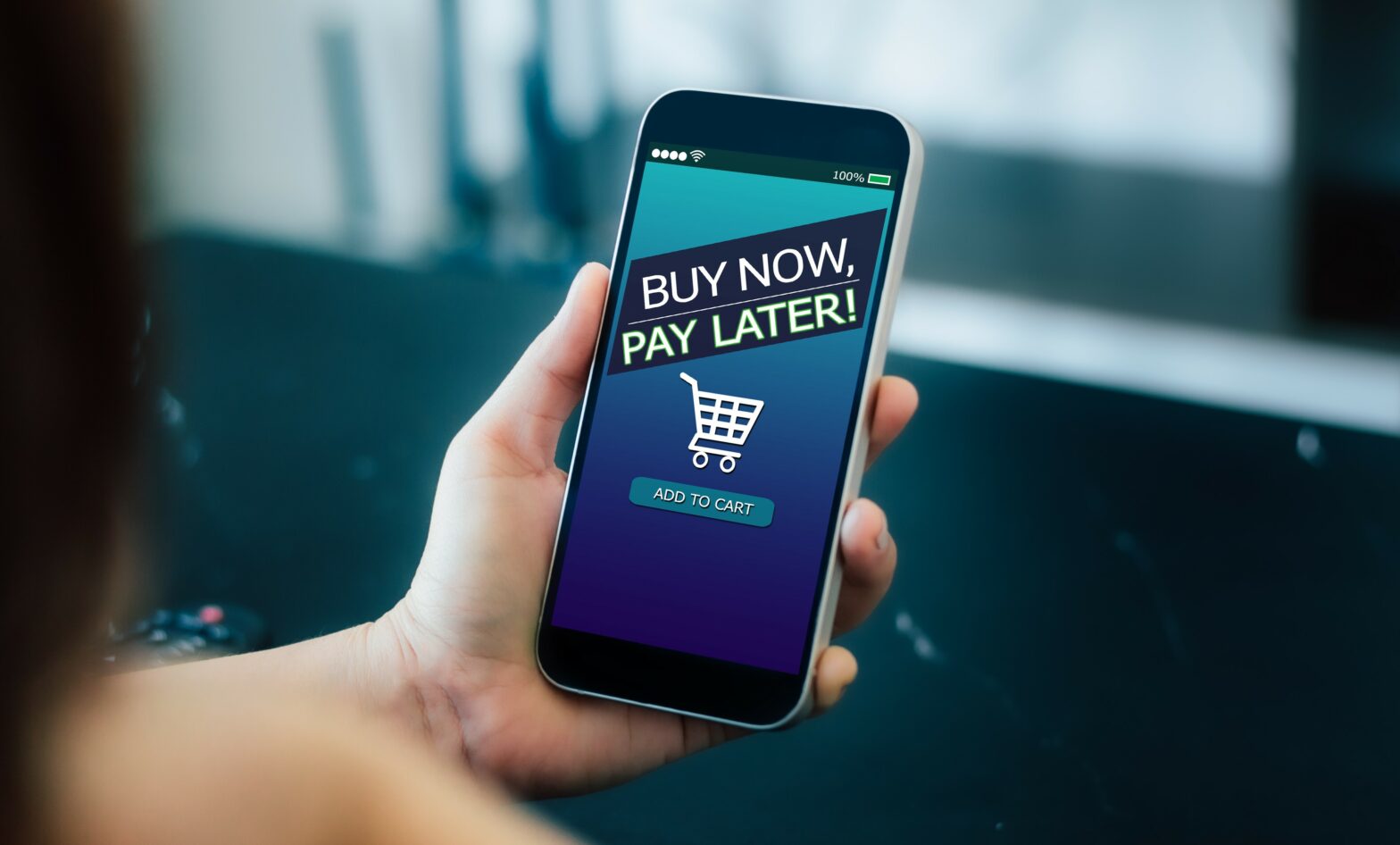Go back a decade, and it was unimaginable to think we would be paying for goods and services the way we do today. There have been endless innovations in the payments industry: from contactless payments, to paying with apps and now, paying with digital assets. Digital assets can be cryptocurrencies like Bitcoin, Dash and Ether, but also loyalty points, represented digitally by tokens.
Integrating these into pre-existing point-of-sale terminals (POS) and web shops poses a challenge. There are thousands of cryptocurrencies in the market, often listed on exchanges from very different jurisdictions, with differing degrees of regulatory compliance. However, with the right partner, businesses seeking to expand their payment methods don’t have to be preoccupied about regulations, as the licensed partner has already taken care of all necessary steps. The best strategy is to look out for three key characteristics, when looking for a payment software solution, that enables you to accept cryptocurrencies for goods and services.
WIT Summit Europe Q&A: digital transformation in the payments space
1. Simplicity
Consumers love simplicity. Browse, choose and pay are the simple steps of a successful sale, and most businesses will follow this motto. Therefore, the payment process with cryptocurrency needs to be as smooth as ‘paying with a bank card’. Luckily, software and hardware tools exist to fullfil this particular demand towards simplicity paying with cryptocurrencies or digital assets.
The key here is to provide app-based services integrating multiple cryptocurrencies and other tokenised assets in one interface. This multi-pronged approach allows consumers to pay using numerous cryptocurrencies stored in any smartphone wallet.
Bitcoin has the same value in all countries. So paying with digital currencies is a bonus in this regard. It does away with the need to exchange into local currencies or carry multiple physical bank cards.
How it works? The customer selects the desired cryptocurrency at the point of sale, the amount of the items to be purchased is entered in domestic fiat currency, like Euro or US Dollar. The payment terminal (or online checkout page, for that matter) then automatically retrieves and displays the best exchange rate with the respective selected cryptocurrency. A QR code is generated and displayed to the customer. The customer scans the code with his/her wallet app and a confirmation receipt is given. The experience for both consumer and merchant is straightforward and hassle-free.
In parallel, the transaction is represented in the respective blockchain network and saved in the accounting system for compliant and transparent bookkeeping on the merchant’s side.
2. Speed
Consumers and merchants alike do not want to wait for lengthy transactions times, despite paying with something so new as digital assets. They both desire transaction speeds similar, if not faster than traditional methods. Indeed, today consumers and merchants anticipate near-instant payment experiences wherever they go.
Holistic software solutions for digital assets will open the door to new and enriching use cases across various ecosystems. Cryptocurrencies are only the beginning of the story — to future-proof their company, business owners should prepare for a whole array of digital assets as payment method. With this in mind, it is crucial to choose a software solution that enables a single payment terminal to accept any digital assets, regardless of it being cryptocurrency, loyalty points, or tokenised assets. This way, with just one single software upgrade, business owners are set up for the entire payment revolution at once.
In respective, their consumers can benefit across the entire buying journey – at speed. For instance, if a consumer wished to eat out at a restaurant, they could pay for their food and drinks using crypto or digital currency. Rewarded loyalty points for this transaction are tokenised and stored in the user’s wallet. Next time the user wishes to eat out, the loyalty points gained can be used as a digital currency to pay for their dinner!
How cryptocurrency wallets can be safeguarded through biometrics
3. Security
Above all, payment security is the main priority for consumers when it comes to payments. Digital payment solutions need to be transparent and compliant with regulations. As the cryptocurrency industry is growing, governments are taking note and implement stricter regulations. Those regulations in turn demand higher degrees of compliance and possibly license requirements.
SMEs will want to avoid the inherent volatility risk of cryptocurrencies. With the right technology, this is also possible: the purchase amount paid is credited to the merchant in fiat currency as usual, even if the customer pays using cryptocurrency — unless, of course, the merchant prefers to keep the purchase amount as cryptocurrency.
In some countries, such as Germany, regulators have introduced specific legislation to oversee cryptocurrency custodians. As such, to date, the lack of regulated and supervised custody solutions has been a barrier to entry for SMEs accepting digital asset payments. Confusion on who to choose as the right partner has been common and a huge concern for regulatory-compliant institutions. Therefore, it is more important than ever to now identify ‘plug and play’ technology providers, and trust their expertise in bridging the gap between conventional, regulatory compliant payments and the blockchain.
The road ahead
As cashless digital payments become the norm for a growing number of consumers, the need for increasingly flexible payment methods increases. Cryptocurrencies, Central Bank Digital Currencies (CBDCs), and indeed any other digital assets will accelerate this shift over the coming years, and businesses need to future-proof themselves today to enable a secure, simple and flexible payment experience.
The integration of such payment methods mustn’t be limited to big chains, but must also be simple enough for SMEs to integrate. Add-on products or all-in-one solutions that require no or little additional installation and training efforts are especially important criteria for being attractive to point-of-sale businesses, like retailers or hotels and restaurants. In addition, smooth integration into accounting procedures must be ensured to provide compliance and security.
Forward-thinking technology providers already offer innovative, user-friendly software to revamp existing payment processes without considerable investment. The move to greater payment flexibility is already well within the grasp of businesses of all sizes.








